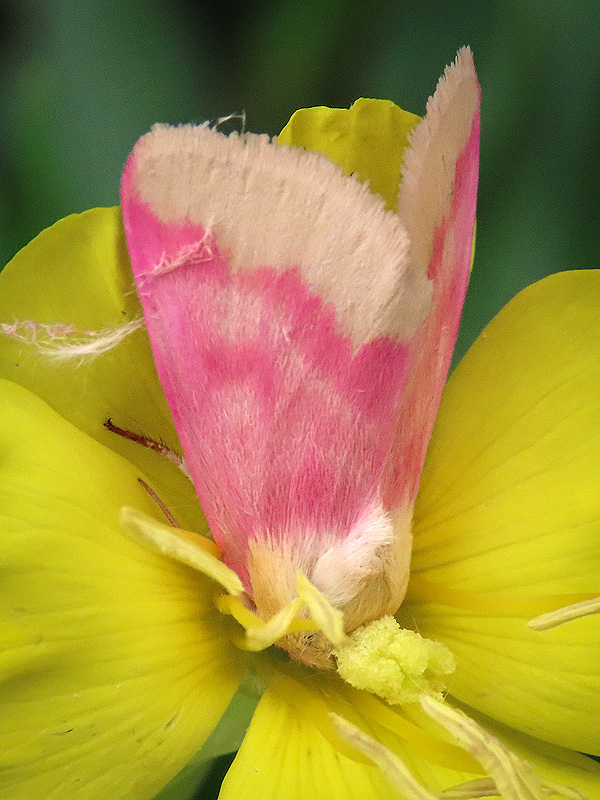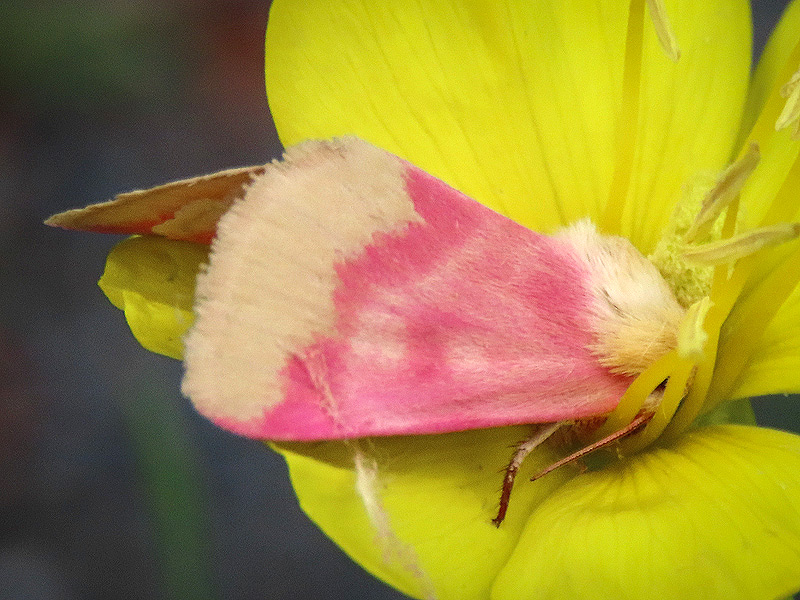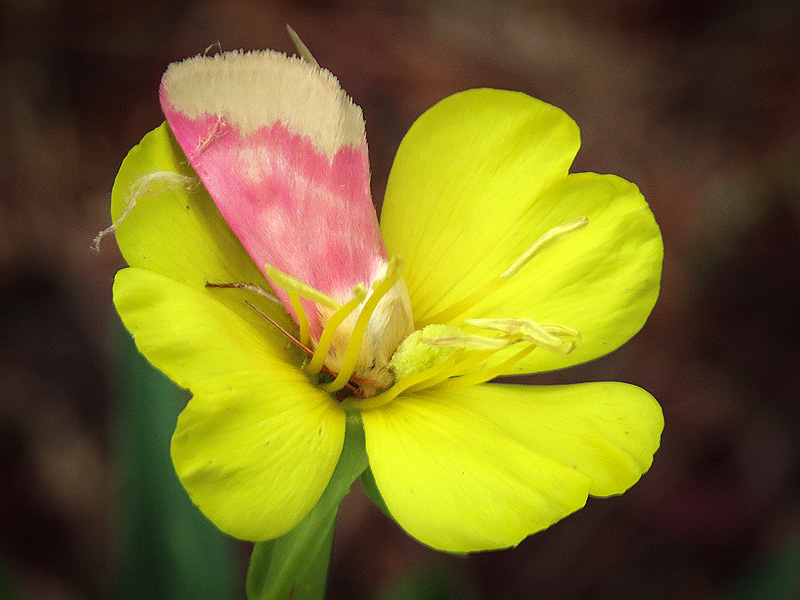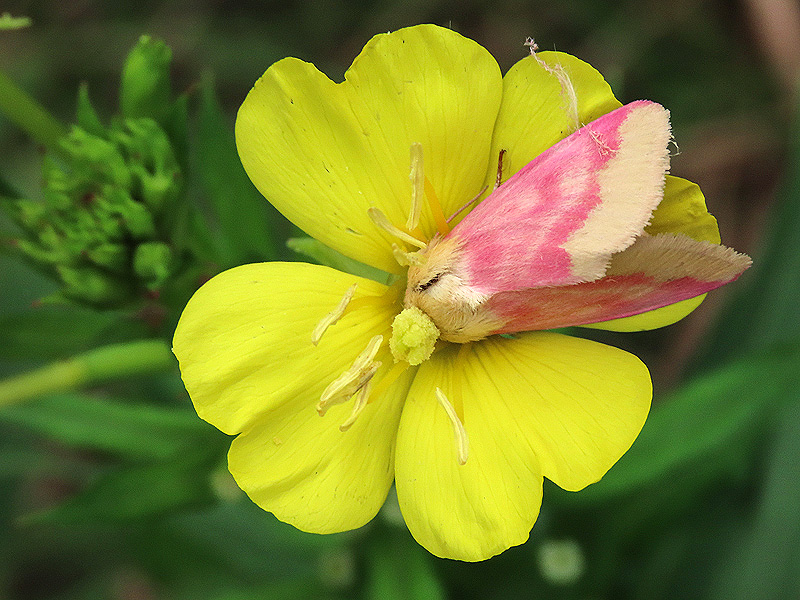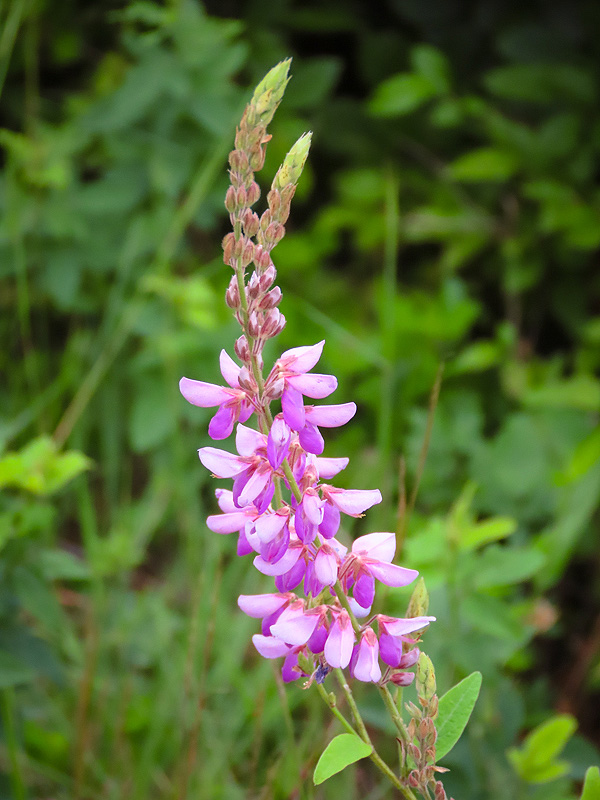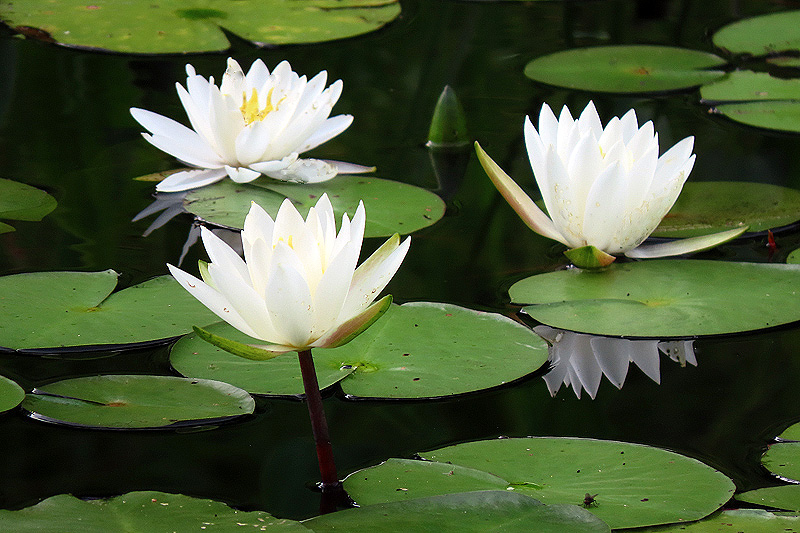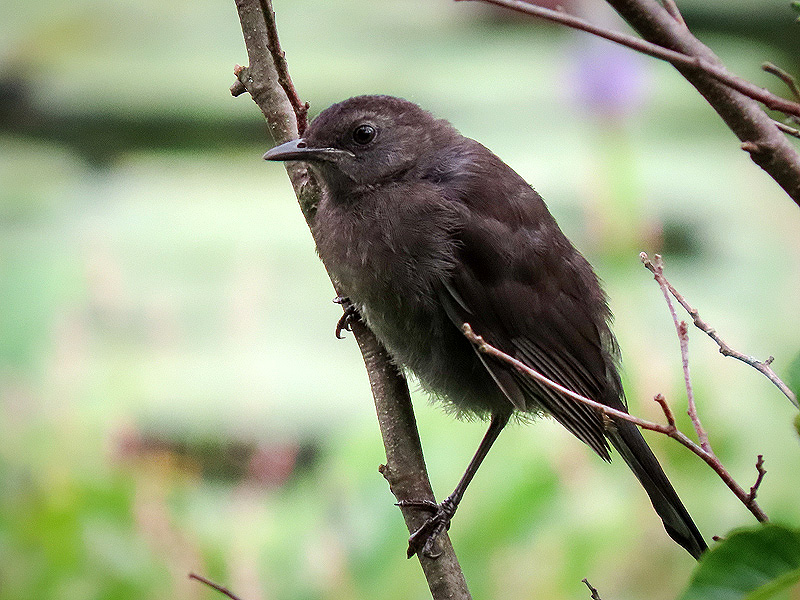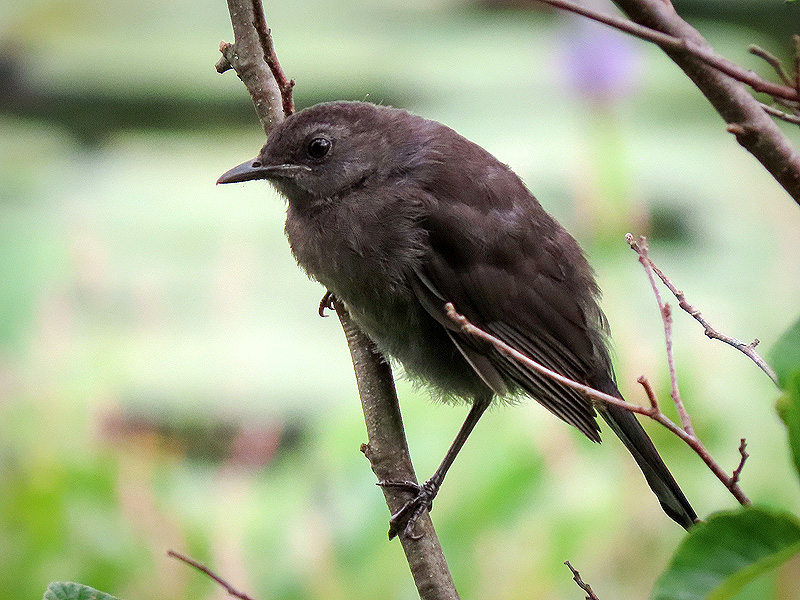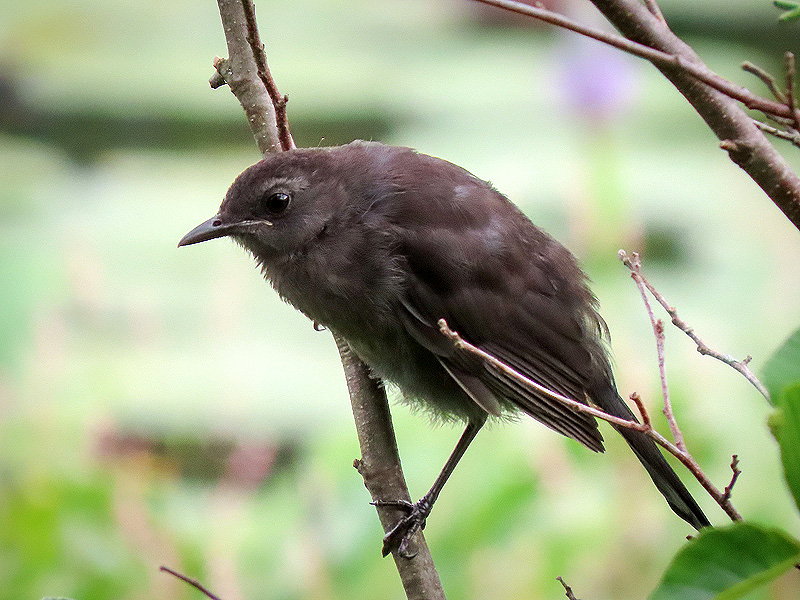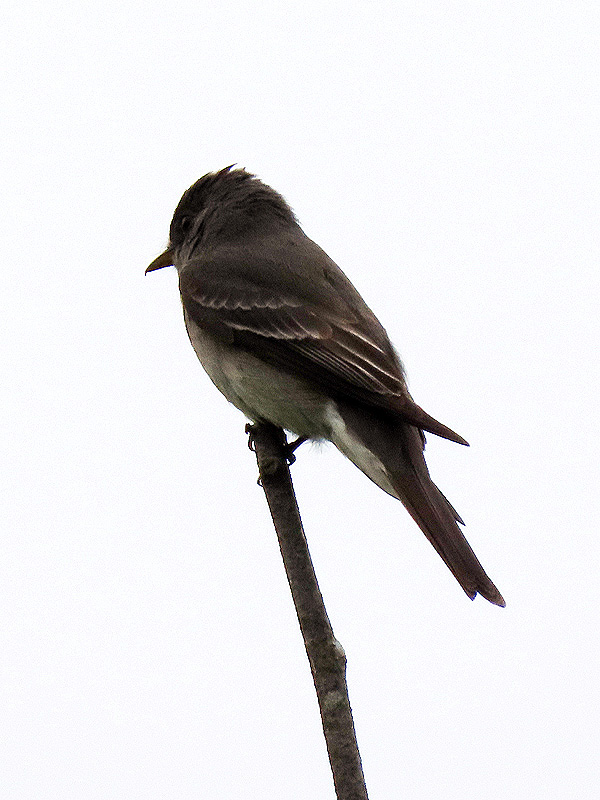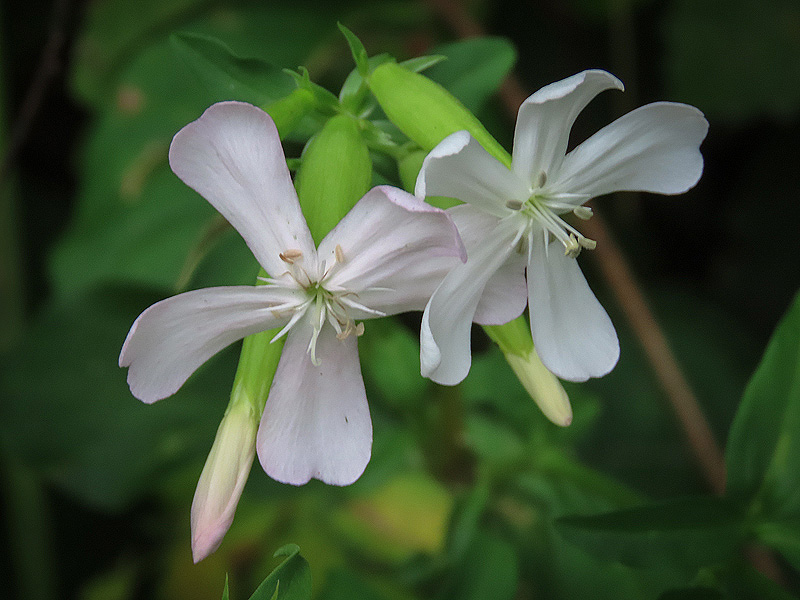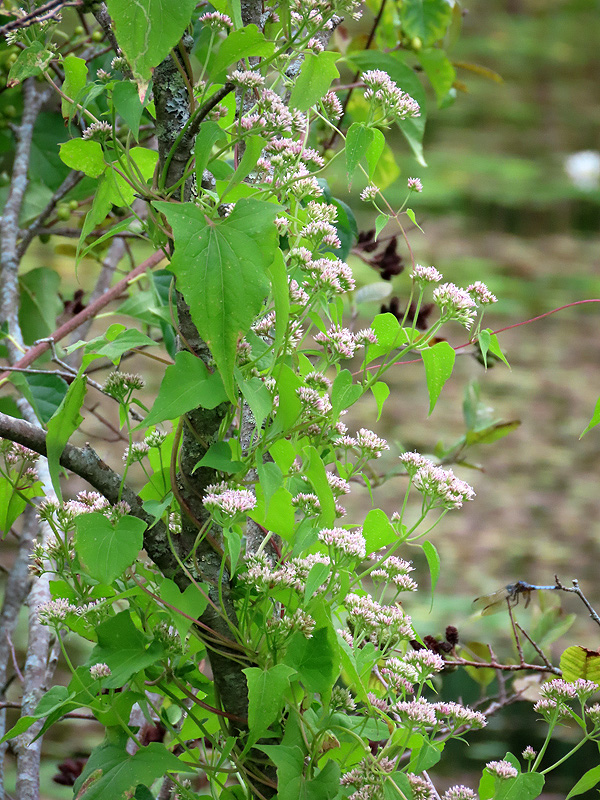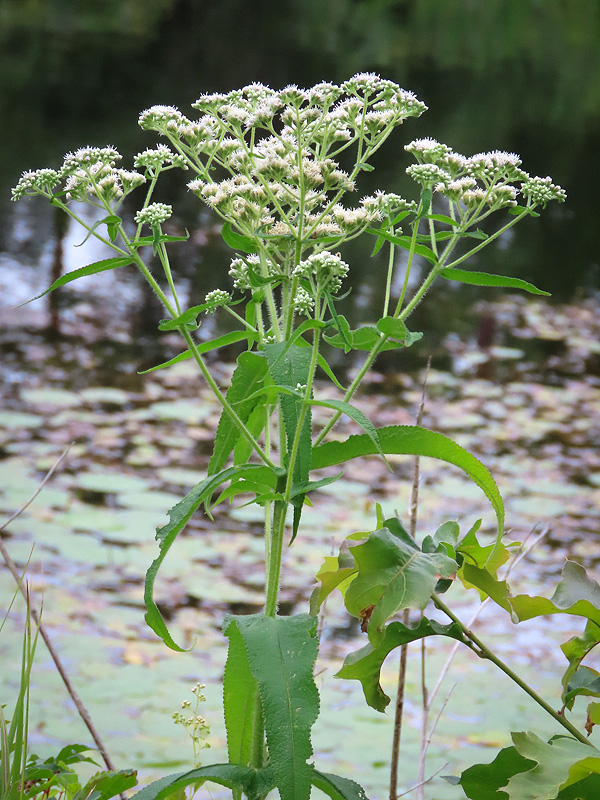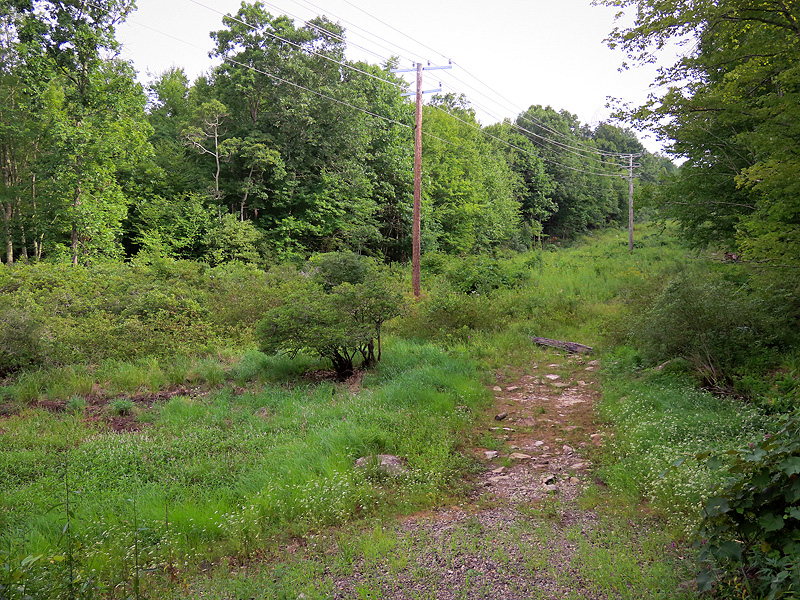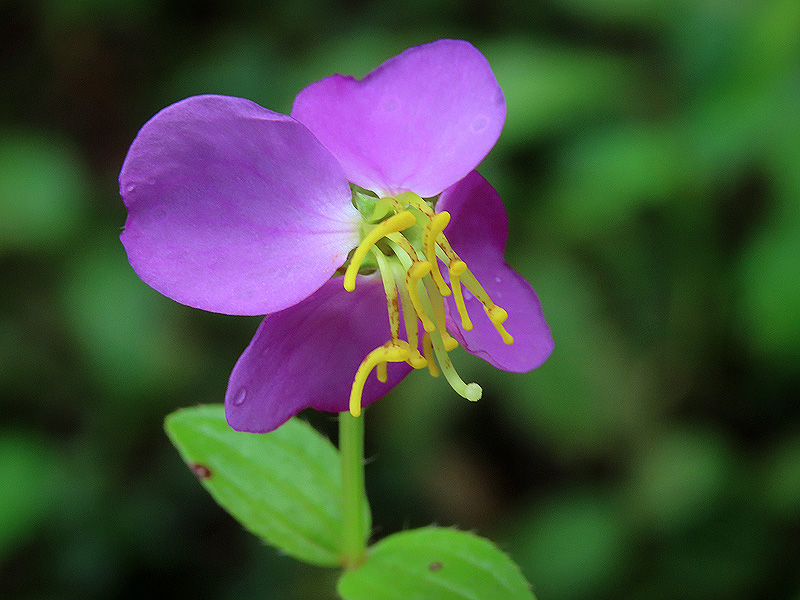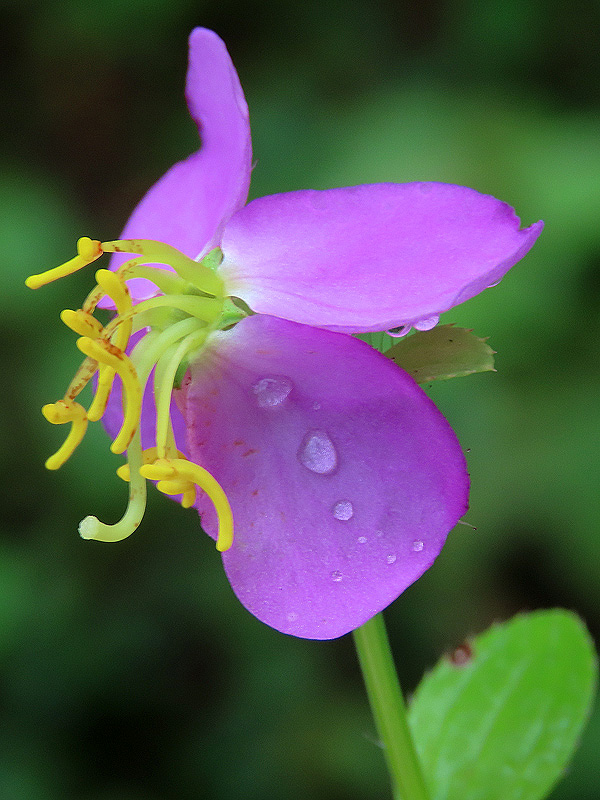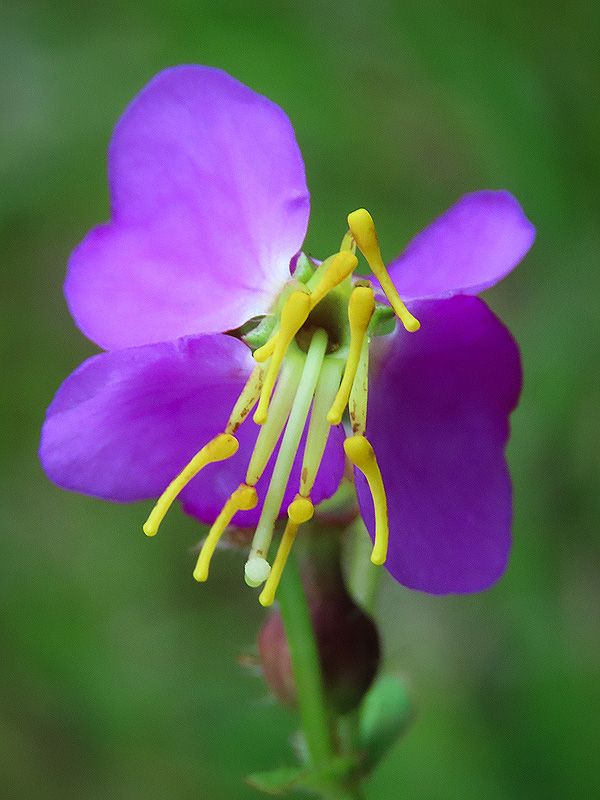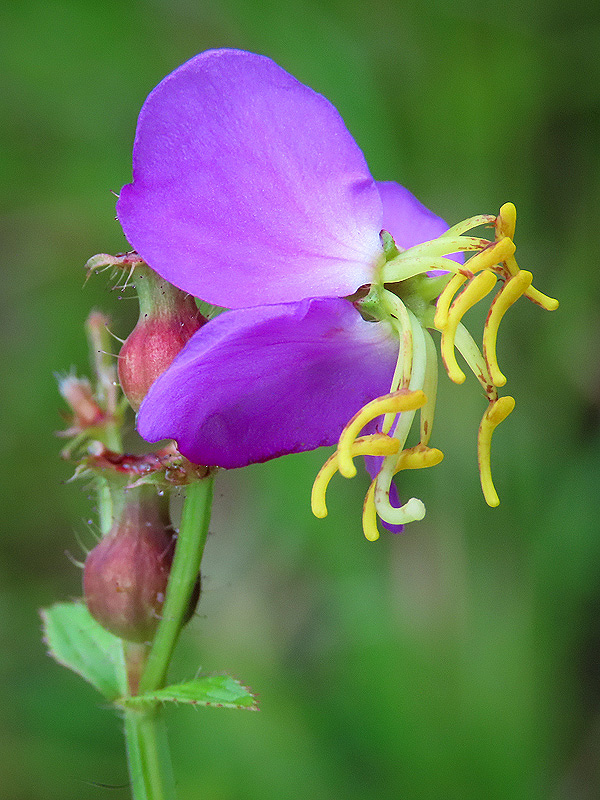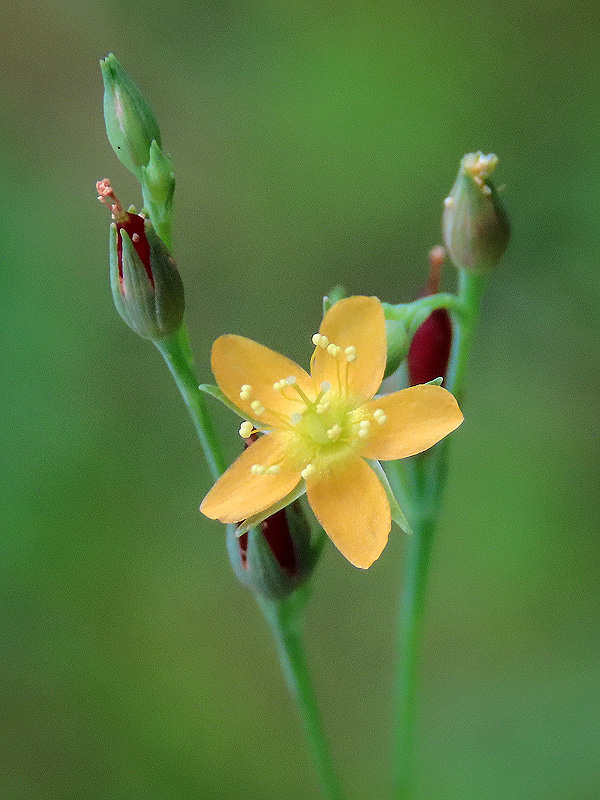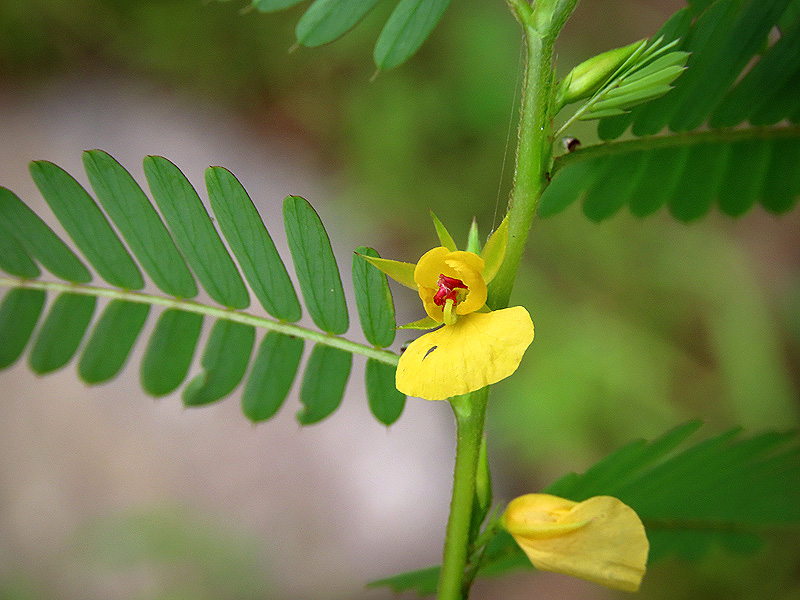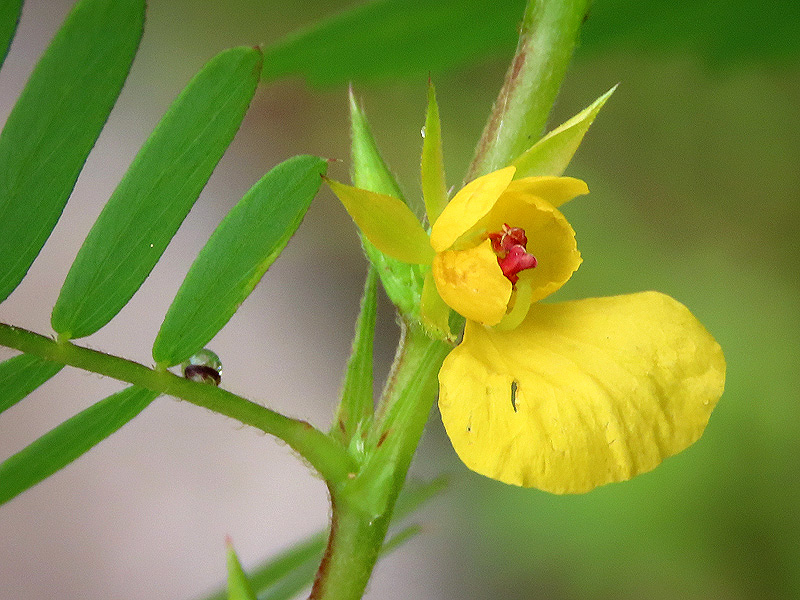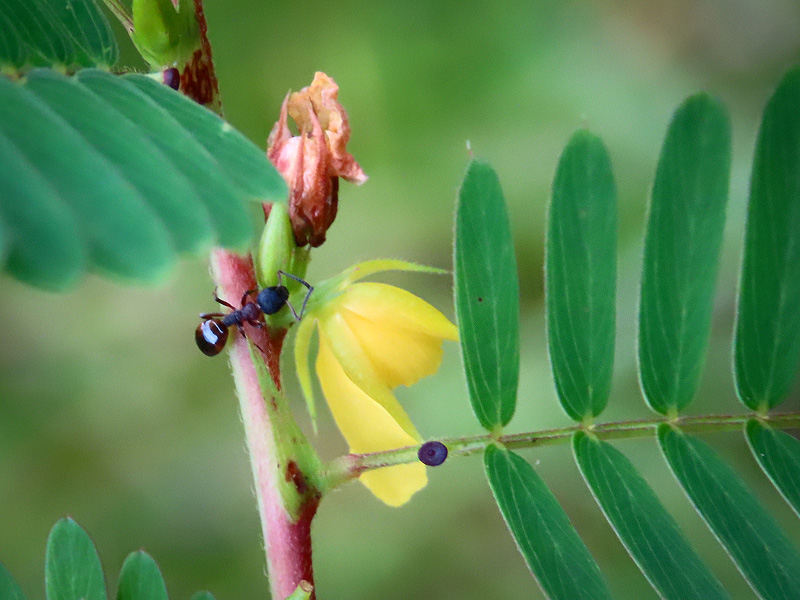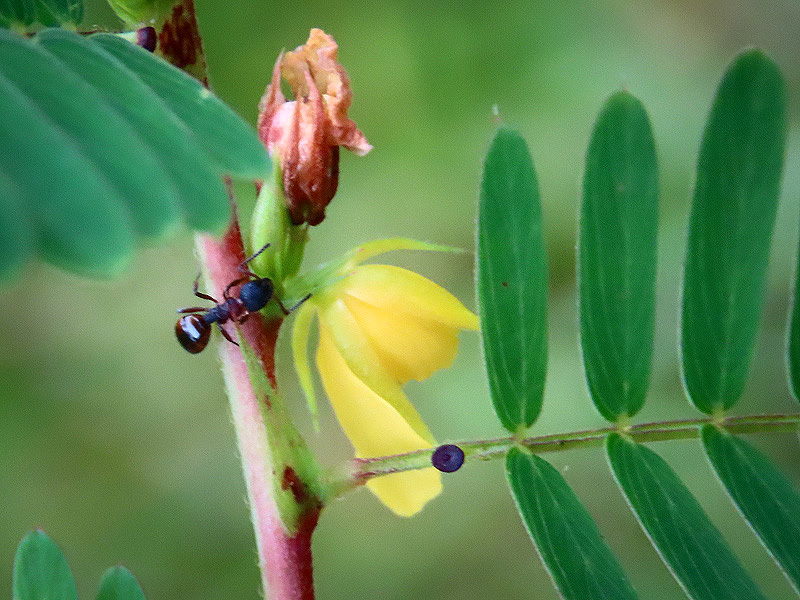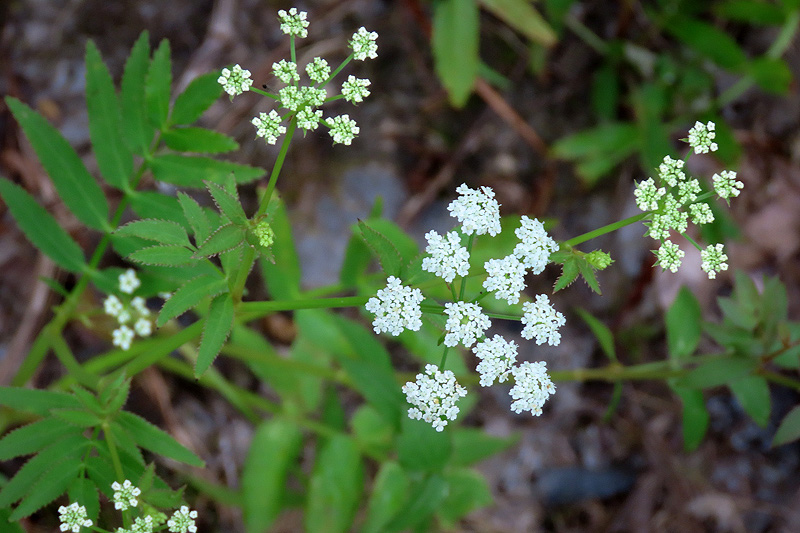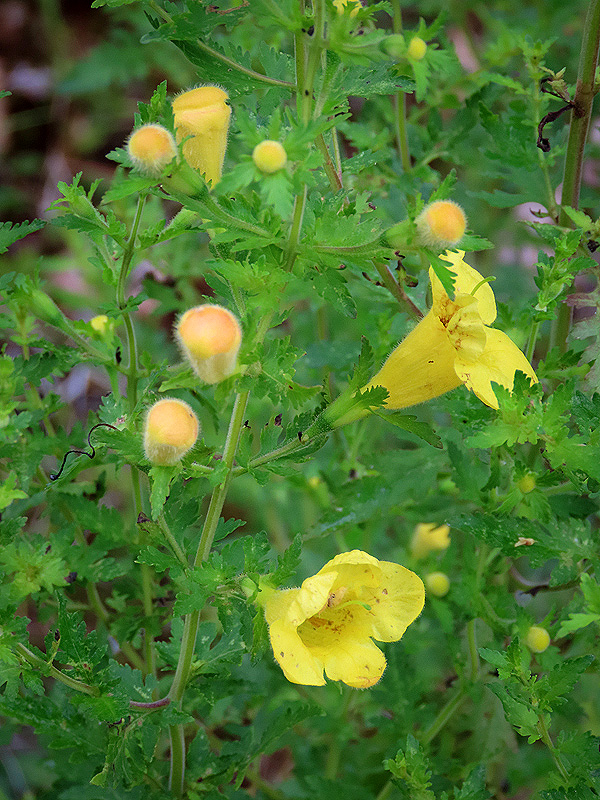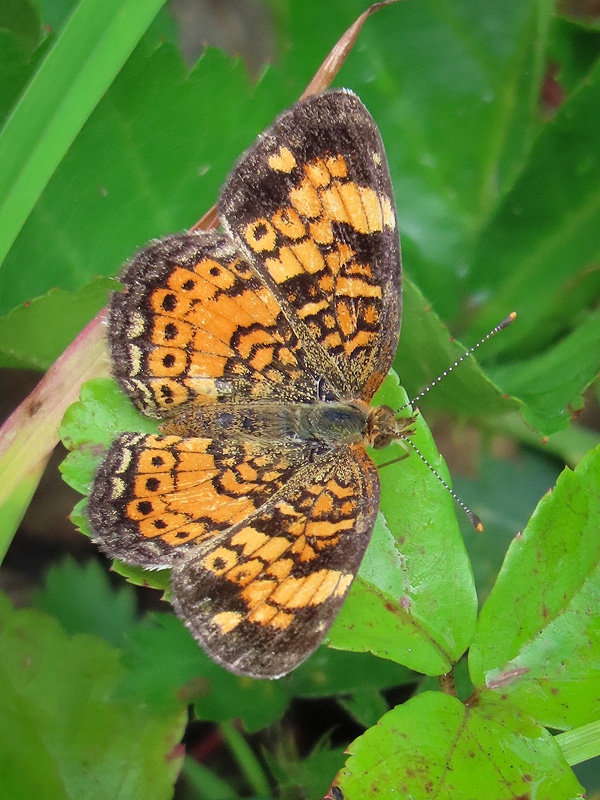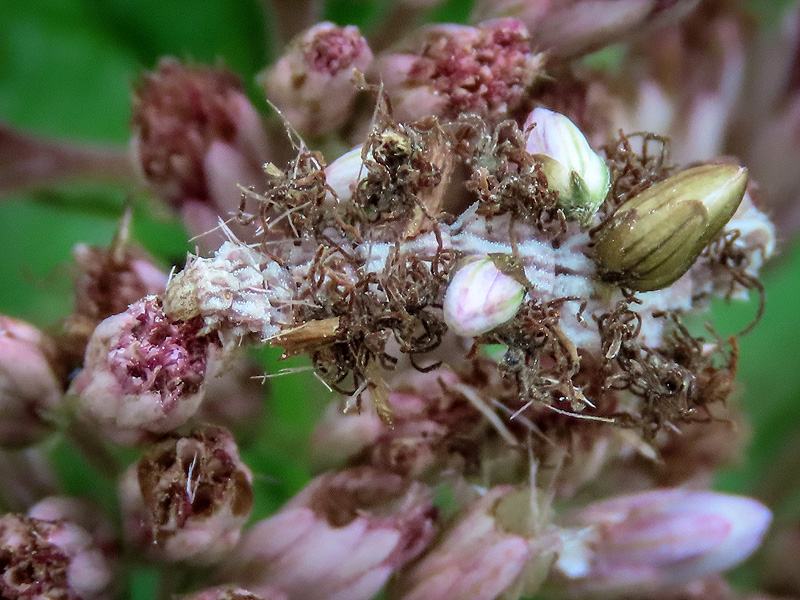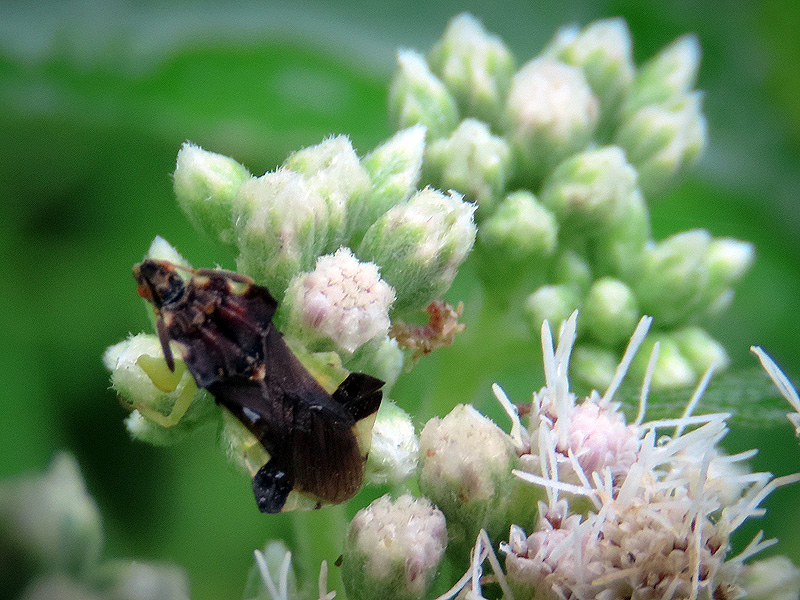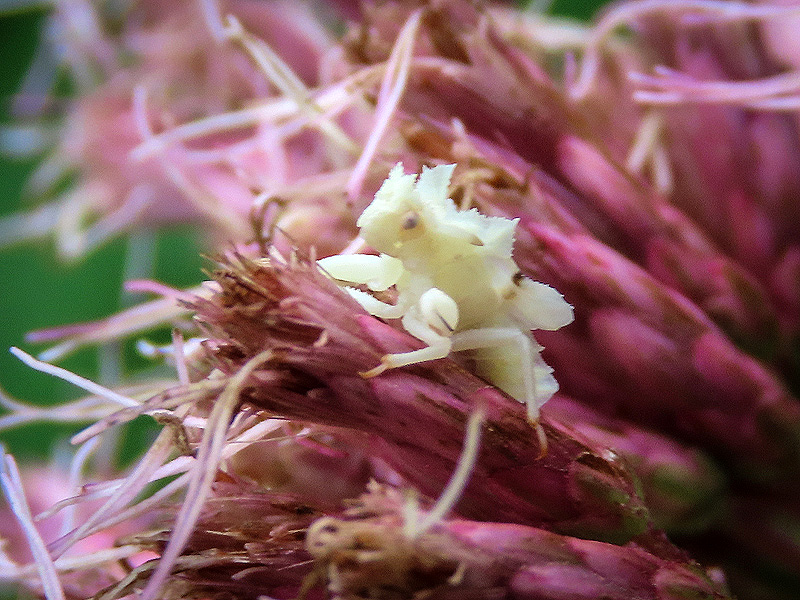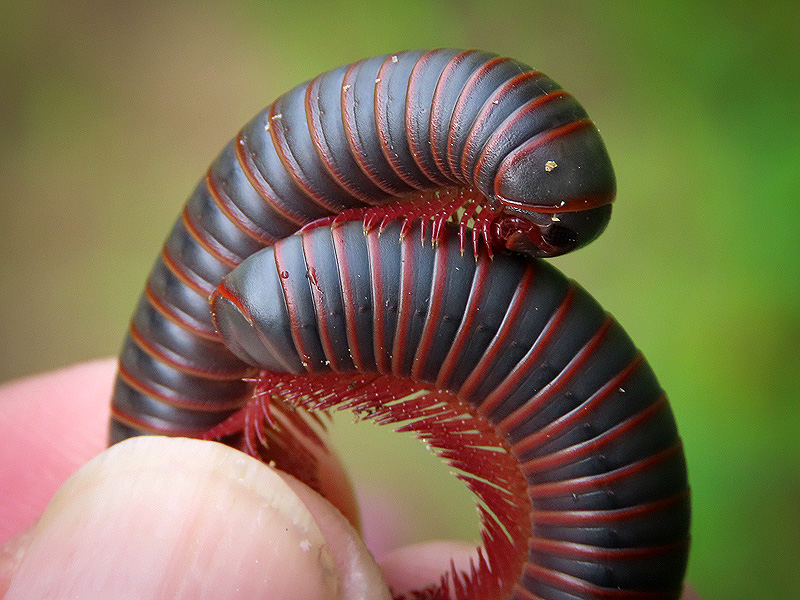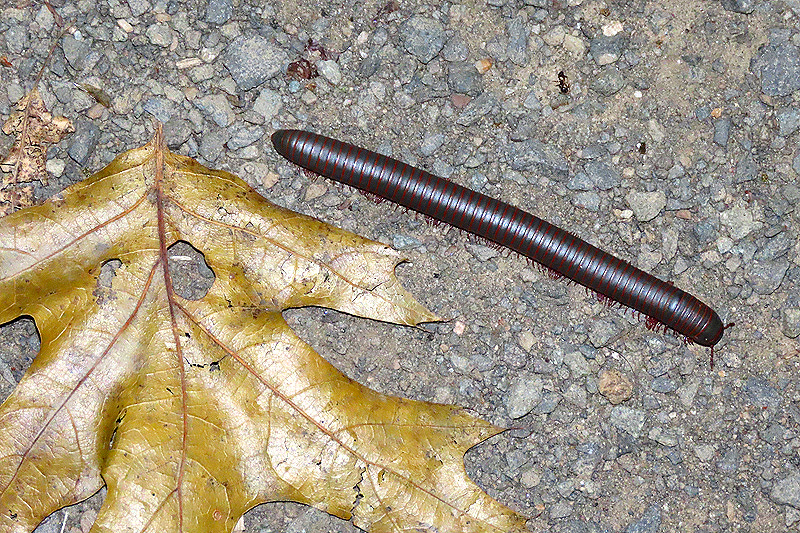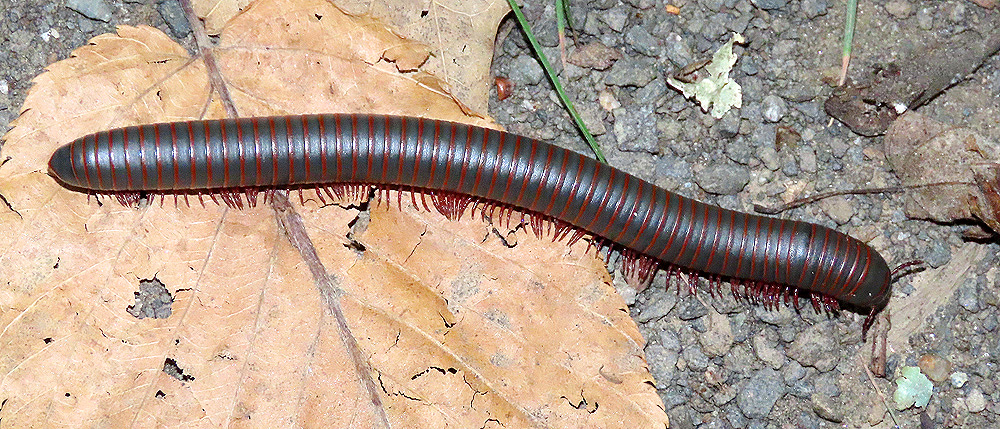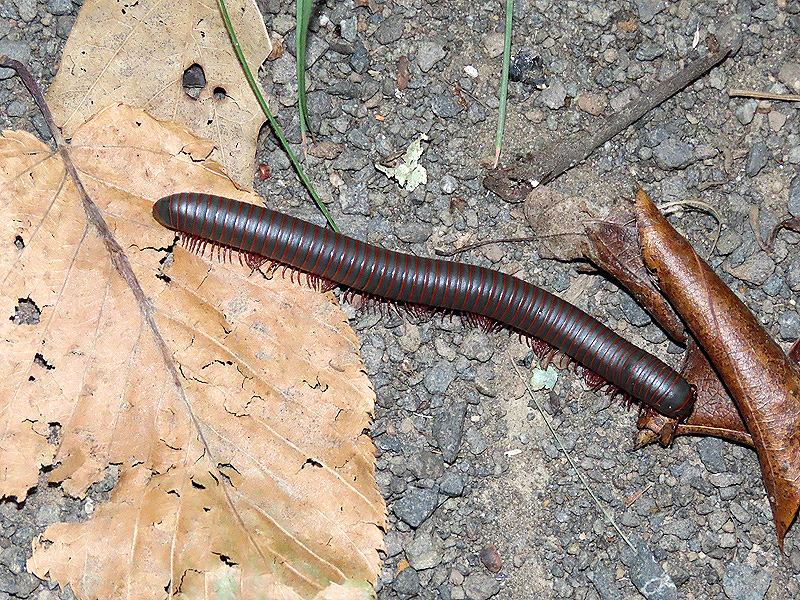Along the Air Line... 2022 - Summer, Part 10 The Air Line Trail in Eastern Connecticut - Stan Malcolm Photos |
HOME: Air Line... 2022 Pages Menu Stan's FlickR Albums |
August 10th. Evening-Primrose Moth (Schinia florida) tucked into an Evening-Primrose (Oenothera biennis) flower. |
|
|
|
Second growth Showy Tick-trefoil (Desmodium canadense) is blooming after a mowing a month or so ago. |
In the Pea Family, Fabaceae. |
Fragrant Water-lilies (Nymphaea odorata). |
Looks like a young Gray Catbird (Dumetella carolinensis). |
In fact, I'm pretty sure I heard it begging for food. |
|
|
Eastern Phoebe (Sayornis phoebe). |
I took a short walk on the Colchester Spur. Bouncing Bet (Saponaria officinalis). |
|
|
Climbing Hempweed or Climbing Boneset (Mikania scandens), a vine with arrowhead shaped leaves. |
|
|
Boneset (Eupatorium perfoliatum), named for the way the paired leaves are joined around the stem as interpreted in the "Doctrine of Signatures". See: https://en.wikipedia.org/wiki/Doctrine_of_signatures In herbal medicine, Boneset leaves were placed in bandages over broken bones. |
August 11th. A humid morning walk east from Route 207 to the power lines. The beaver pond here is completely dried up. |
I often see different wildflowers under the powerlines. This is Virginia Meadow-beauty (Family Melastomataceae, Rhexia virginica). |
|
|
|
|
|
Canada St. Johnswort (Hypericum canadense). I've never seen it before; though it's tiny so easily overlooked. |
Wild Sensitive-plant (Chamaecrista nictitans). Touch the leaves and they will gradually fold up. |
Note the tiny black gland with a drop of secretion on it along the leaf petiole. |
Here's the gland again, with an ant nearby. I'll guess that the ant protects the plant from herbivores and is rewarded by a sweet secretion. |
However, I couldn't find corroboration of that guess online. |
Water Hemlock or Spotted-Cowbane (Cicuta maculata). Deadly to cows; highly poisonous to humans. |
Fernleaf False Foxglove (Aureolaria pedicularia). |
Pearl Crescent (Phyciodes tharos). |
Two Camouflaged Looper caterpillars ((Synchlora aerata) on Spotted Joe-Pye-weed (Eupatorium maculatum). |
The caterpillar's head is at the left where it's chewing on a flower. More information and pictures of this species on the previous page. To see them, scroll down here: https://www.performance-vision.com/airline2022/airline-summer-22i.html |
An adult Jagged Ambush Bug (Phymata sp.) on Boneset (Eupatorium perfoliatum). |
And here's a Jagged Ambush Bug nymph, the first I've ever seen. |
A Giant American Millipede (Narceus americanus). Giant is a relative term but these are often 4 inches long. |
This one was probably 3 inches long. |
They're harmless, feeding on rotting logs, but possess an arsenal of defensive chemicals against predators. |
This one was a full 4 inches long. They're often seen crossing the trail on damp mornings like today, not far from the powerlines. |
Sadly, they're prone to being squished by bicycles passing by. |
|
This one safely crossed the trail without my help. |
